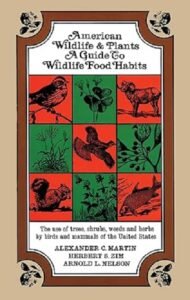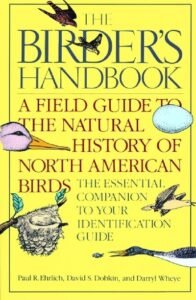
Mottled Duck
(Anus fulvigula fulvigula)
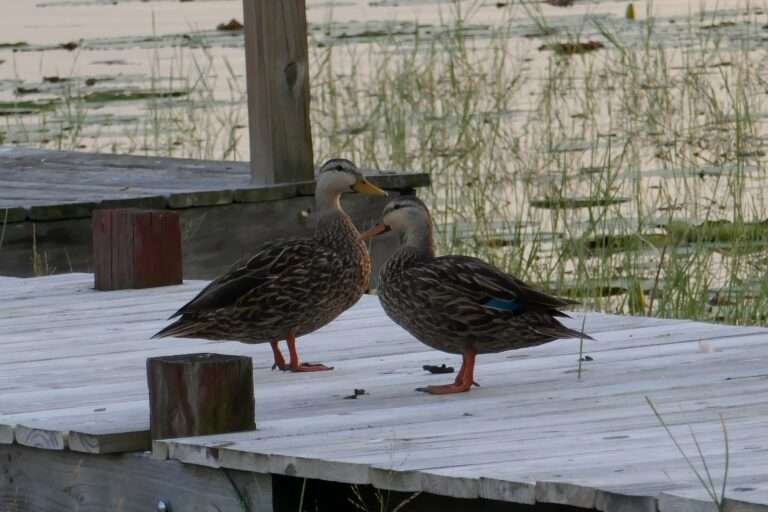
Description
Mottled ducks are small, brown, ducks that are found in Florida year round. They are native to Florida. Unlike many other ducks they do not migrate.
They are 18 to 22 inches in length and as the name implies their appearance is a mottled brown. The body feathers have a beautiful light and dark brown chevron pattern to them. Their head and necks are without a pattern, or streaking, and are a lighter brown. The bills do not have any black.
They look very similar to a female mallard and are known to cross-breed with them so identification can sometimes be a challenge. However, female mallards have white in the tail and wings which mottled ducks lack. Florida mottled ducks have a blue, to blueish teal patch, of feathers on their wings and the edges, at the top and bottom of those feathers, are black whereas mallards have white on either side of the blue patch. Both sexes have a blue patch, but it is more prominent and brighter in the male.
Because the plumage of male and female mottled ducks is similar, the easiest way to tell them apart is by bill color. The male mottled duck has an olive green to yellow bill whereas the female has an orange to brown bill with dark blotches or dots. These dots are most prevalent on the underside of the female’s bill. [1]
Common Name, Scientific Name & Family
Florida Mottled Duck
Anus fulvigula fulvigula.
Florida mottled ducks are found in the Anatinae, or dabbling duck, family. Their scientific name is Anus fulvigula fulvigula.
Dabbling ducks do not dive for food as some other ducks do, but rather bob and dip into the water for food. Most of their food comes from the surface of the water and surrounding vegetation. They are able to take flight from a standstill whereas many ducks need a running start.
According to the American Wildlife Plants A Guide to Wildlife Habitat Foods there are two subspecies of mottled duck. One being the mottled duck (Anus fulvigula maculosa), with its range being Louisiana to Texas, and the other being the Florida mottled duck (Anus fulvigula fulvigula) with its range being the peninsular part of Florida.
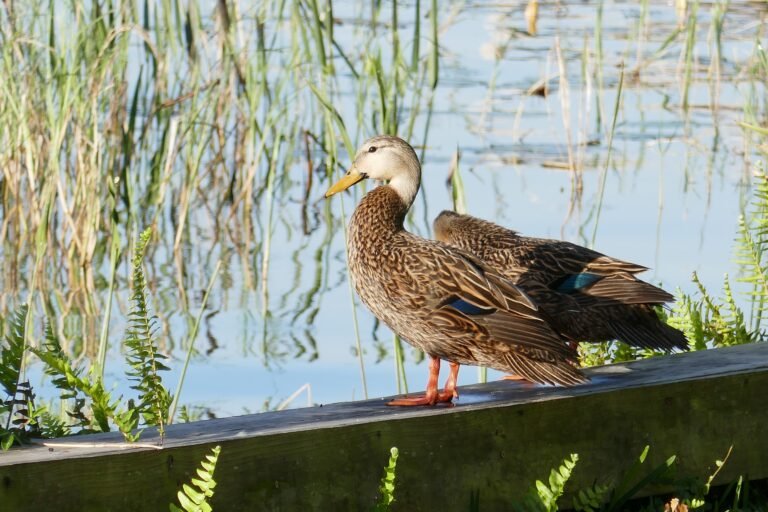
Behavior
Mottled ducks are very wary of humans, at least in my experience. They do hybridize with mallards so I’m sure some will be more tame than others, but on my lake they do not let a person get near them so I video their behavior with my GoPro.
They can be found singly or in groups. Females, that are nesting tend to, stay by themselves whereas some will form small groups of a parent, or parents, and last year’s offspring.
When they interact it is easy to see the groups because they will push an interloper away with their shoveling head maneuver. They dip their head low to the ground and rush at another individual until they move off.
They communicate with quacks that are similar to the domestic breed of Pekin duck which is a very distinctive quack.

Habitat
The Florida mottled duck may be found in marshes, wetlands, lakes, ponds, rivers, streams, roadside ditches with standing water, and coastal brackish water. They also use man-made waste water treatment wetlands.
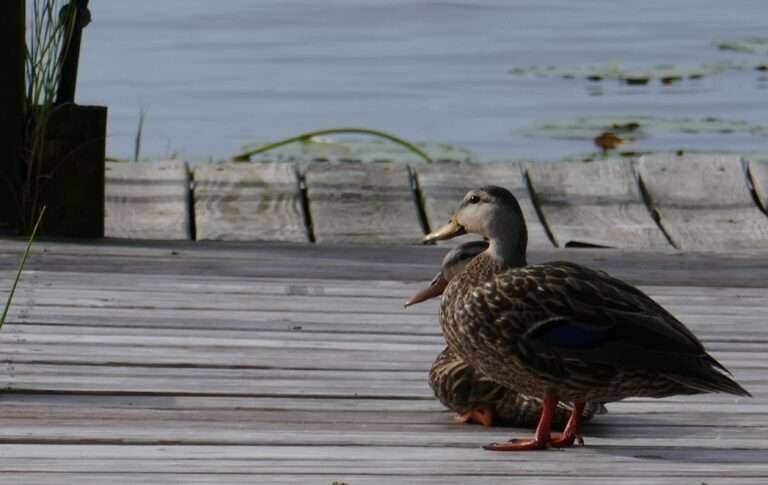
Range
According to the American Wildlife Plants A Guide to Wildlife Habitat Foods there are two subspecies of mottled duck. One being the mottled duck (Anus fulvigula maculosa), with its range being Louisiana to Texas, and the other being the Florida mottled duck (Anus fulvigula fulvigula) with its range being the peninsular part of Florida. The main difference is the Florida mottled duck is lighter in color. [2]
Food
The Florida mottled duck consumes animal and vegetable matter and consumes a higher proportion of animal food than any other nondiving duck. Five-eighths of the animal diet consists of mollusks, … snails. Insects, chiefly dragonfly larvae, water beetles, and horsefly larvae, are next in importance. Crustaceans and fishes make up the balance.
Plant food: … consists of primarily seeds. smartweed (Persicaria sp.), panic grass (Panicum sp.), chufa aka flatsedge (Cyperus sp.), wax myrtle (Morella cerifera), buttonbush (Cephalanthus occidentalis), holly (Ilex sp.), sawgrass (Cladium sp.), beakrush (Rhynchospora sp.), and waterlily (Nymphaea sp.). [3]

Nesting & Young
Since they live here year-round, and do not migrate, they tend to pair up much earlier than most of other ducks. Some as early as January.
Florida mottled ducks nest from February through July. The females tend to locate their nests in dense vegetation (tall grasses, rushes or palmetto thickets) on the ground near water. The nest is built of vegetation and lined with down. Only one brood each year is raised and females typically lay 8 to 10 eggs called a clutch. The eggs are creamy-white to greenish-white and are incubated within 25 to 27 days.
Unlike such birds as the mockingbird or blue jay, which raise their young in the nest for weeks, mottled duck females will move their ducklings to water within 24 to 48 hours of hatching. Young mottled ducks are capable of flight at 60 to 70 days of age. [4]
Females readily desert their nests if disturbed. [5] So be mindful to not disturb any nesting female if you can help it.
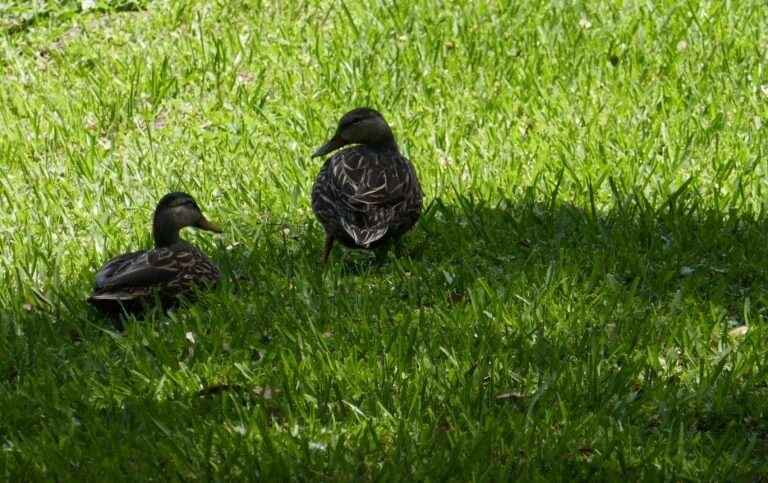
Conservation
Civilization and agriculture more detrimental than hunting. (sic) [5]
Footnotes:
[1] Florida Fish & Wildlife Conservation Commission: Mottled Ducks – https://myfwc.com/wildlifehabitats/profiles/birds/waterfowl/mottled-ducks/
[2] Alexander C. Martin, Herbert S. Zim, et al.. American Wildlife and Plants: A Guide To Wildlife Food Habits. Oct 5, 2011
[3] Alexander C. Martin, Herbert S. Zim, et al.. American Wildlife and Plants: A Guide To Wildlife Food Habits. Oct 5, 2011 [The book cover thumbnail above is a hyperlink link for the book which is an Amazon Associate link that gives me a very small commission].
[4] Florida Fish & Wildlife Conservation Commission: Mottled Ducks – https://myfwc.com/wildlifehabitats/profiles/birds/waterfowl/mottled-ducks/
[5] Paul Ehrlich, et al.. The Birder’s Handbook: A Field Guide to the Natural History of North American Birds Paperback. Simon & Schuster. June 15, 1988. [The book cover thumbnail above is a hyperlink link for the book which is an Amazon Associate link that gives me a very small commission].
